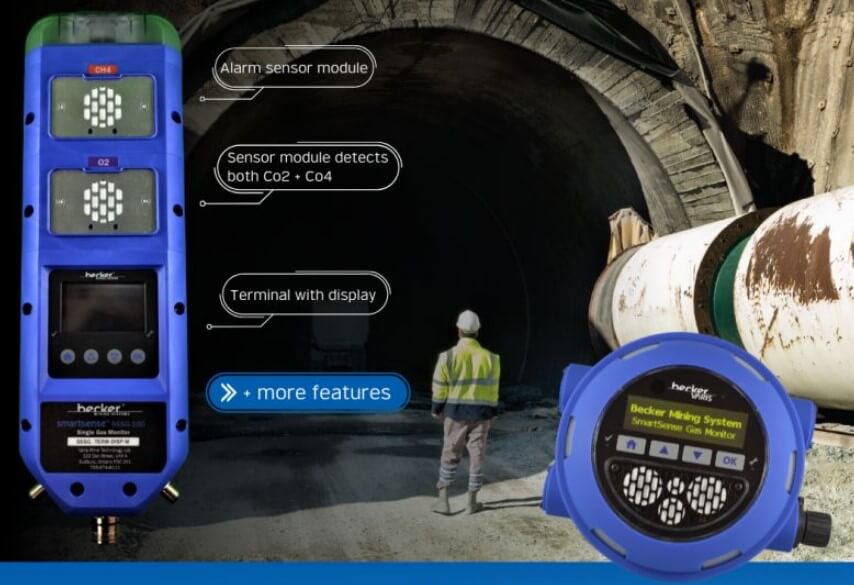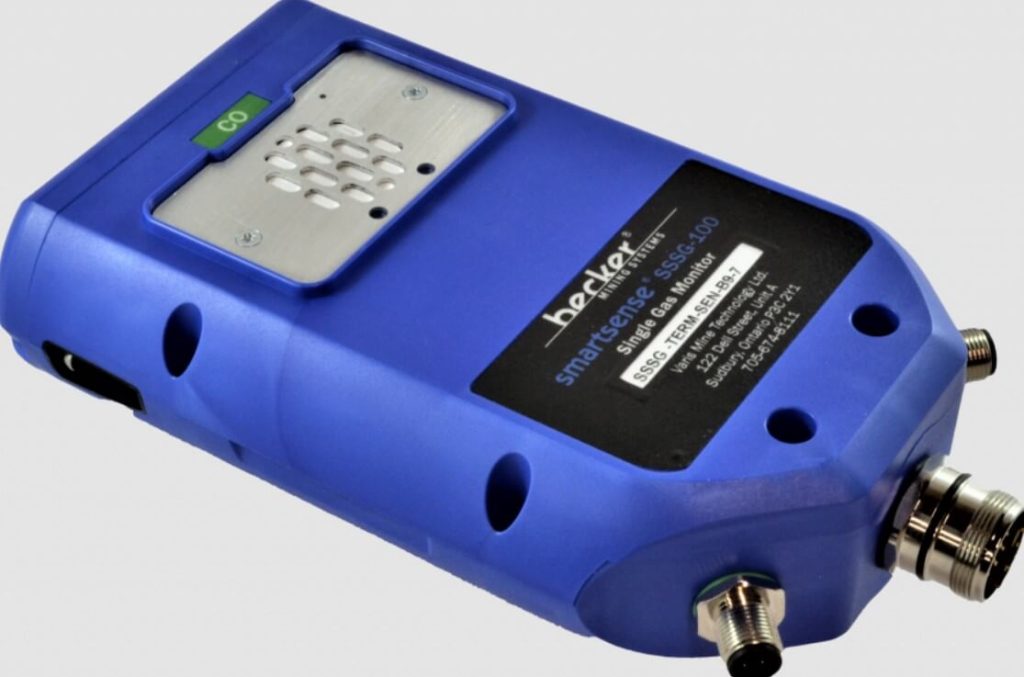Where Should You Mount A Fixed Natural Gas Detector?

Industrial, commercial, and public-sector facilities produce and consume poisonous and flammable gasses daily. Installing and maintaining a dependable gas monitoring system like natural gas detector in any facility is a serious responsibility. Because no matter how hard you try, given enough time, every LPG/PNG system will leak. Acting swiftly when a leak happens is the only way to handle them successfully.
Continuing reading will give you valuable insights if you’ve purchased the appropriate gas detectors for your building and are deciding where to install them. In this blog, we’ll discuss some best practices to consider when installing your gas detectors so you can act swiftly when needed.
Risk Assessment In Installing Fixed Natural Gas Detector
Begin with a comprehensive risk assessment that lists all possible locations for gas leaks and the degree of danger associated with each location. Take into account possible gas discharge points for an accurate evaluation. These are places, such as expansion joints, compression fittings, gaskets, and valve steam seals, where dangerous gasses could leak.
Next, move on to possible points of contact. These are places where workers could be put at risk or property or equipment could be damaged by hazardous gasses. Check all inhabited areas, pits, stairwells, confined spaces, and adjacent commercial, industrial, and residential settings.

GET IN TOUCH
In a hurry? Call us at +1-724-515-4993
Fixed Natural Gas Detector Requires You To:
Consider Leak Sources
Place sensors near the areas where gas leaks are most likely to originate. For instance, mounting your sensors close to a possible leak source makes sense if you’re working in a vast area with a gas tank in one corner. Install multiple sensors to monitor the entire space if there are numerous such spots.
Consider The Density Of The Gas
The gas density must be considered while looking for LEL levels in vapors and gases. For instance, gas with a higher density than air, including propane and gasoline, tend to gather close to the ground. Your sensor should be a few inches from the ground. In contrast, lighter gases like hydrogen, oxygen, or nitrogen tend to gather close to the roof. Position your sensor inches from the ceiling to achieve optimal outcomes in identifying these gasses.
Consider Multiple Detectors
Consider strategically placing many detectors in more extensive facilities by establishing rules to cover the area thoroughly and reduce the possibility of undetected gas leaks. The industrial standard is to set sensors 30–40 feet apart in a big, open area. This can vary somewhat based on the budget and the region that needs to be monitored.
Consider Ventilation
Think about the ventilation intake and exhaust duct locations on your site. Place sensors near ducts that expel air from the room rather than those that blow in fresh air.
Consider the Placement Of The Control Panel
The position of the fixed gas detector control panel is as crucial as where to put the sensors. It should be placed outside the dangerous area and shielded by attached gas detectors. They ought to be reachable so that staff members can see the gas levels on the controller and leave the area in the event of an alarm.
Following these procedures improves the security of your establishment and safeguards the health of everyone who uses it. Remember that employee safety requires constant attention and frequent maintenance.

GET IN TOUCH
In a hurry? Call us at +1-724-515-4993
Conclusion
The importance of installing and maintaining a reliable gas monitoring system in industrial, commercial, and public-sector facilities cannot be overstated. Given the inevitability of gas leaks in LPG/PNG systems, swift action is crucial in handling such incidents effectively. Through a comprehensive risk assessment and strategic placement of gas detectors, facilities can mitigate risks and protect both personnel and property. Factors such as leak sources, gas density, ventilation, and control panel placement must be carefully considered to ensure optimal performance of the gas detection system. By adhering to best practices and prioritizing safety, establishments can enhance security and promote a healthy environment for all occupants.
Contact Us Today!
For any inquiries regarding the installation or upkeep of gas detection systems, contact our workplace safety professionals at Becker website.
Products That We Offer
- VHF Leaky Feeder System
- UHF Leaky Feeder System
- SMARTSENSE®FIXED MONITOR
- RNG-500VHF Leaky Feeder Cable
- UHF Low Loss Leaky Feeder Cable
- Kenwood NX-203/303 Radios
Take control of your mining communication systems today! With Becker Wholesale Mine Supply, the leading manufacturer in the USA. Contact us now and revolutionize your mining communication systems!
GET IN TOUCH
Take the first step towards powering up your operations, call us at +1-724-515-4993